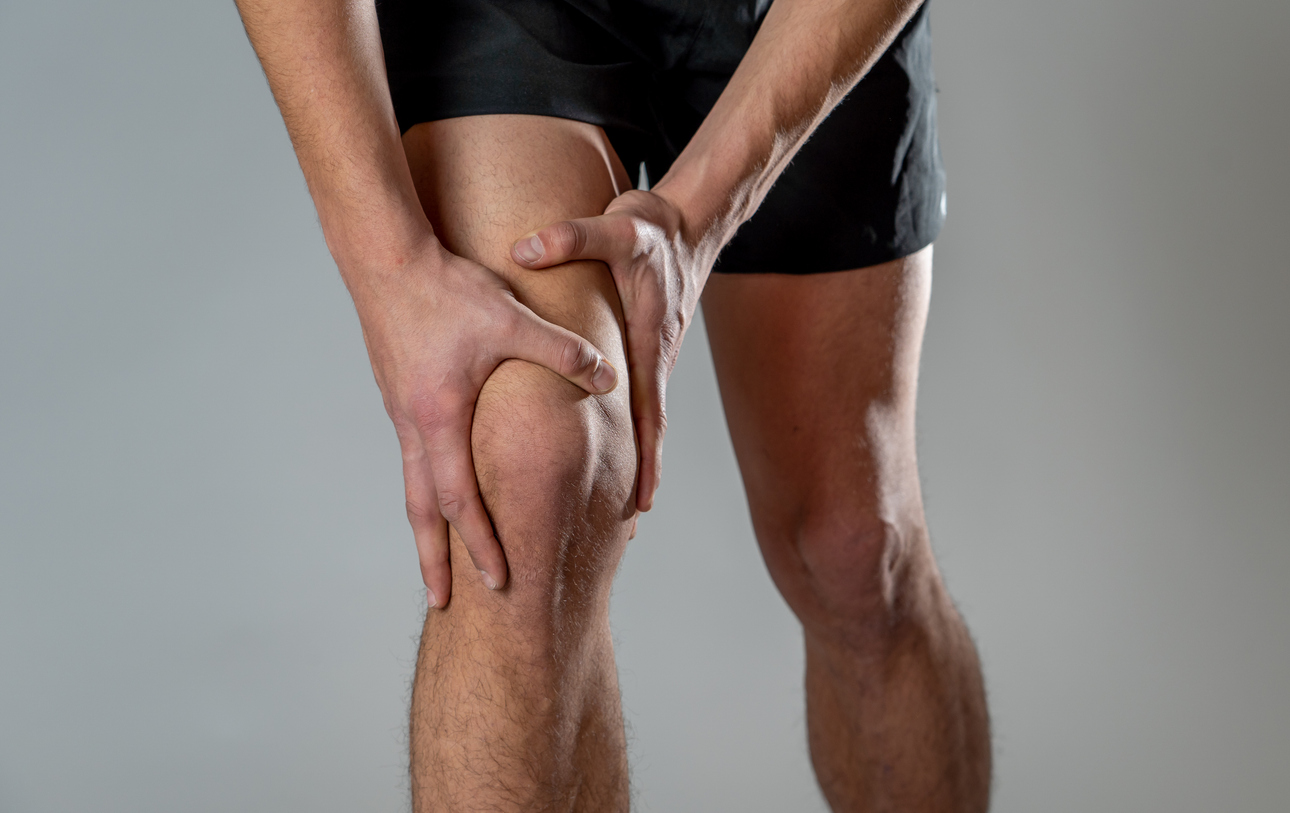We often think of athletes in terms of their highly attuned physical capabilities and their strength. Now consider the amount of training that it requires to achieve a proficient level of skill and performance, let alone the level of that observed in elite athletes. Training strength, endurance and skill all arises from challenging the body sufficiently so that the neuromusculoskeletal system adapts.
For example, weight training develops muscle bulk through causing microtears to the muscle so that they repair stronger. Practicing a golf swing requires the brain to integrate proprioceptive information coming in from the entire body and generate movement commands which activate muscles in the proper sequence to execute the swing. Over time the processes in the brain become faster and more hard-wired, and the connection between the brain and the body also strengthens and the golf swing becomes automatic: this is true for any skill that we develop.
Athletes of all levels have significant demands placed on their bodies due to the repetitive stress and strain of training programs. When certain joints and muscles are functioning fully, this causes compensation to occur around the area: an example is if an athlete has a tight hip and ankle on the same limb. Because these areas are not able to move through the full range of motion, more motion will occur through the knee joint, which means more forces will be absorbed through the knee joint. Though the body is able to adapt to these stresses for a while, over time this can lead to injury.
As athletes require their body to perform at its highest level at all times, many turn to chiropractic for support.
Chiropractors are trained to diagnose and treat neuromusculoskeletal conditions in the spine and the limbs, and the chiropractors at Evolve Wellness Centre have extensive experience in managing acute and chronic strains and sprains that are common to athletes. The goal of a treatment plan is to facilitate healing while eliminating unnecessary stress and strain on the injured area; this corresponds to the whole-body functional approach our chiropractors take when it comes to managing injuries.
Techniques used by Evolve’s chiropractors include adjustments to the spine and extremities, Active Release Techniques, K-Laser therapy, Kinesiotaping, and rehabilitative exercises. These serve to facilitate healing and to strengthen the connection between the brain and the body.
Our chiropractors believe in a proactive approach to neuromusculoskeletal health, and that addressing functional deficits in the body early will help keep athletes in the game.

FAQs
This depends on the severity of the injury and how long you have had it for. The more severe and the longer standing the injury, the longer the healing process. Your chiropractor will discuss an estimated healing time after the history and physical examination of the injured area has been performed.
No, in fact, in most cases not doing anything is detrimental to the healing process. This is because a graded return to activity stresses the injured tissues enough to facilitate it to heal stronger and more fully. Stressing muscles and ligaments allows for remodeling of the scar tissue to be aligned to the lines of stress, which makes it more resilient than scar tissue laid down in a haphazard fashion.
It is difficult to say because there are many factors that contribute to an injury, including (but not limited to) sleep, nutrition and hydration. Two things we know: an injury will never heal 100% though we can get it to be pretty close), and the remodeling process can continue for about year following injury. This means that any injured area in the body will always be slightly more vulnerable to stress and injury than other areas. Over the course of the treatment plan, your chiropractor will give you exercises and stretches in order to facilitate the remodeling process described previously. There will be some exercises you chiropractor may recommend you continue even after the injury has healed to maintain and improve strength and mobility as well as to reduce the risk of reinjury.
In short, activity following your adjustment will not undo the work that was done, though the reality of the relationship between adjustments and exercise is more nuanced. It can depend on the type of workout and how many adjustments you have already had. When chiropractors adjust a joint, it restores motion in that area and helps the brain coordinate muscle activation and movement in a more accurate and efficient way. This means that after an adjustment, different muscles will be working harder than before and can become a bit sore for a day or two. Because of this, your chiropractor may recommend lighter activity so as to not over-stress the system and cause aggravation of symptoms. As your body integrates these new neurobiomechanical changes, subsequent corrections are generally not as substantial and doing high-intensity training or your regular workout shortly after an adjustment is usually quite safe. Many professional athletes have adjustments immediately preceding a competition because of the ease an adjustment creates in their bodies.


